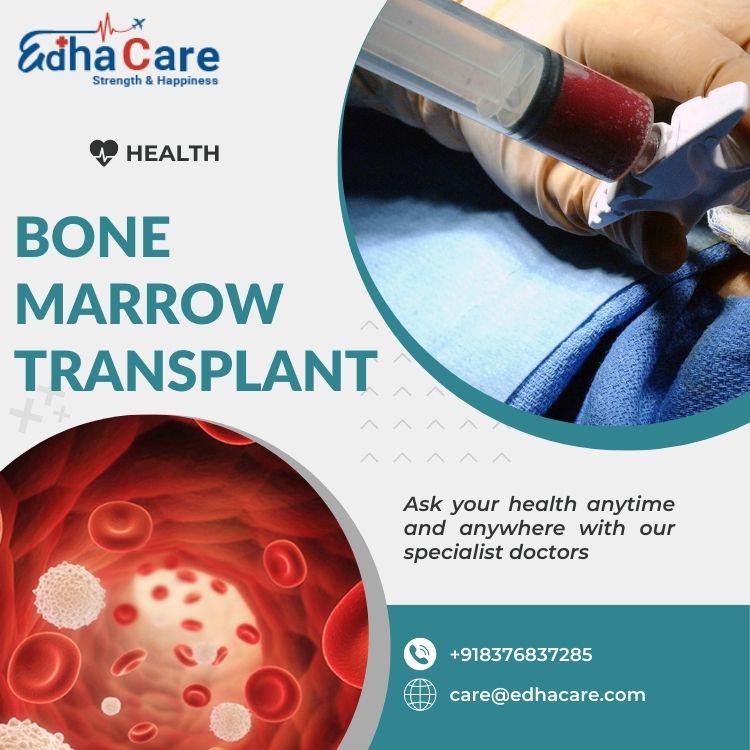Sickle cell disease (SCD) is a genetic disorder that affects millions of people worldwide. It causes red blood cells to become rigid and crescent-shaped ("sickle-shaped"), leading to a cascade of health problems. While there are treatments to manage the symptoms of SCD, bone marrow transplantation (BMT) offers the potential for a cure.
Understanding Sickle Cell Disease
SCD is caused by a genetic mutation that alters the structure of hemoglobin, the protein in red blood cells responsible for carrying oxygen. This mutation leads to the production of abnormal hemoglobin, which distorts the shape of red blood cells. Sickle-shaped cells are less flexible than normal red blood cells and can block small blood vessels, leading to:
- Painful crises: These are episodes of severe pain caused by the blockage of blood flow to various organs, such as the bones, muscles, and chest.
- Acute chest syndrome: A serious lung condition that can cause pneumonia, chest pain, and difficulty breathing.
- Stroke: Sickle cells can block blood flow to the brain, leading to stroke, especially in children.
- Organ damage: Over time, SCD can damage various organs, including the spleen, kidneys, and liver.
The Role of Bone Marrow Transplantation
BMT is a complex medical procedure that involves replacing a patient's diseased bone marrow with healthy bone marrow from a compatible donor. Bone marrow is the spongy tissue found inside bones that produces blood cells, including red blood cells, white blood cells, and platelets.
How BMT Cures Sickle Cell Disease
In SCD, the bone marrow transplant produces abnormal red blood cells. BMT replaces this diseased bone marrow with healthy bone marrow from a compatible donor. This healthy bone marrow then produces healthy red blood cells, effectively curing the disease.
There are two main types of BMT. First, Allogeneic BMT involves receiving bone marrow from a compatible donor, such as a sibling or unrelated donor. Others are Autologous BMT involves receiving your own bone marrow, which has been collected and stored beforehand.
The Bone Marrow Transplant Process
The BMT process typically involves several steps:
- Finding a compatible donor is crucial. This may involve testing family members or searching donor registries.
- The patient undergoes chemotherapy or radiation therapy to destroy their diseased bone marrow and make room for the new, healthy cells.
- The donor's bone marrow cells are infused into the patient's bloodstream through an intravenous (IV) line.
- The patient remains in the hospital for several weeks to monitor for complications and allow the new bone marrow to engraft.
Risks and Complications
BMT is a serious procedure with potential risks, including Graft-versus-host disease (GVHD) which occurs when the donor's immune cells attack the recipient's body. The patient's immune system is weakened after BMT, increasing the risk of infection. The patient may experience bleeding due to low platelet counts.
Eligibility for BMT Transplantation
BMT is not suitable for all patients with SCD. Factors that may influence eligibility such as patients with severe SCD who have experienced complications, such as stroke or acute chest syndrome, may be considered for BMT. Finding a compatible donor is crucial for a successful BMT. The patient's overall health must be good enough to withstand the rigors of the procedure.
The Future of BMT for SCD
Researchers are constantly exploring ways to improve BMT outcomes for SCD patients. This includes developing new donor sources, such as umbilical cord blood, and exploring gene therapy as an alternative to traditional BMT.
Conclusion
BMT offers the potential for a cure for SCD, but it is a complex and serious procedure with potential risks. Patients considering BMT should discuss the risks and benefits with their healthcare team to determine if it is the right option for them.
For more information visit the official site:: https://www.edhacare.com/treatments/organ-transplant/bone-marrow





Comments